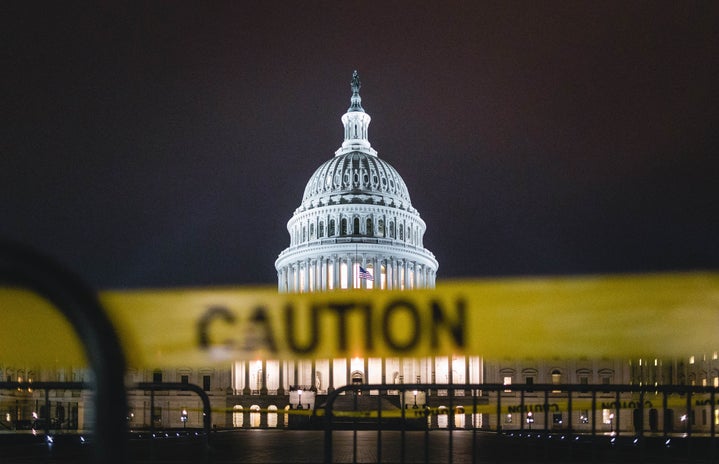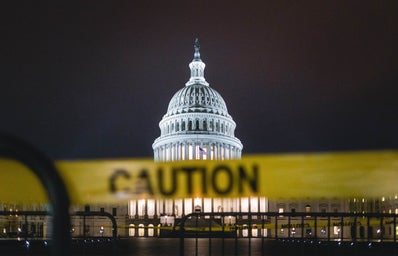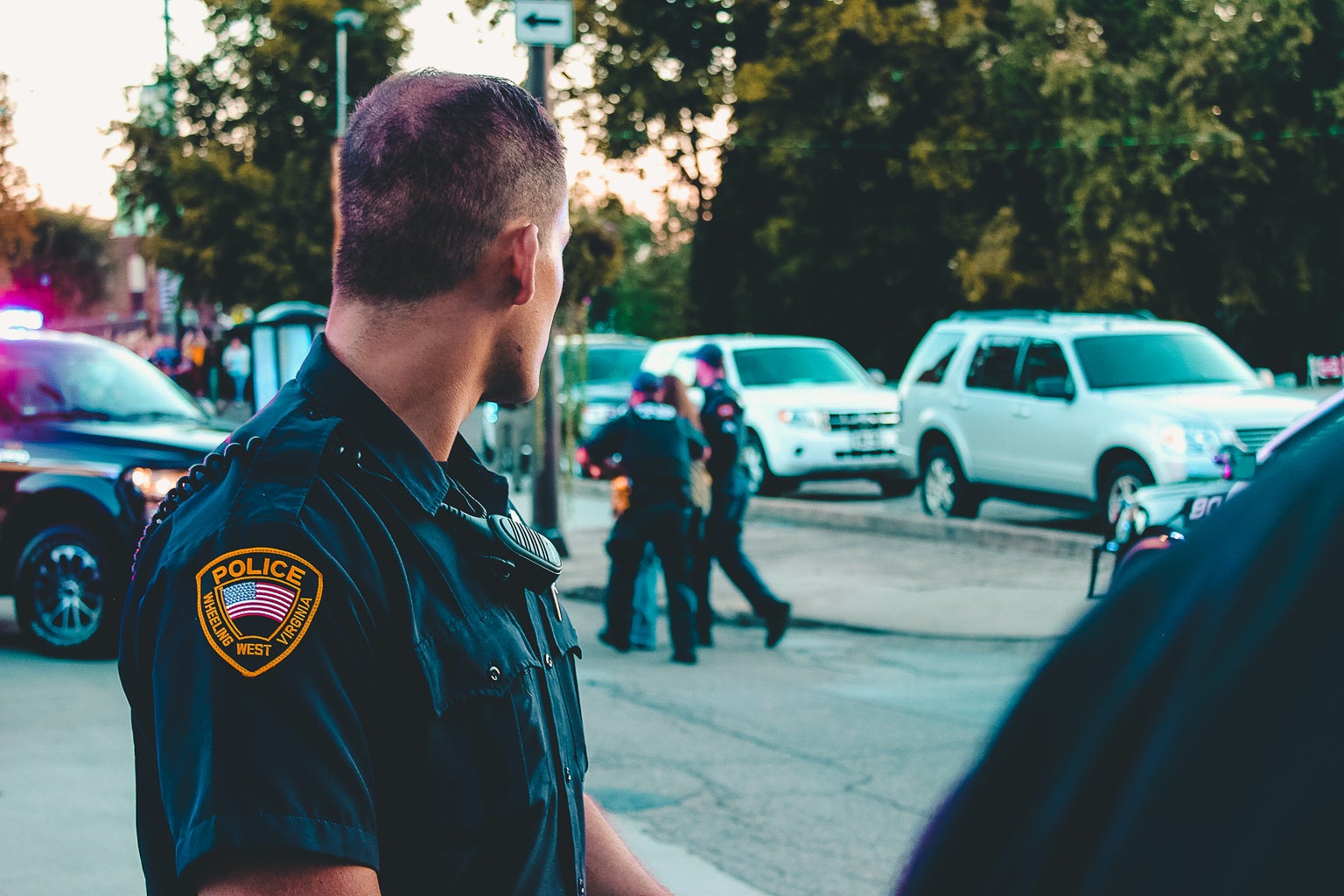Hypermasculinity produces police violence.
Within the last year, footage and exposure of police violence have surfaced and sparked mainstream dialogue about police reform. Police brutality is a rampant problem within the U.S., and it should be recognized that underlying toxic masculine behavior can drive violent police misconduct.
Police brutality is a racist issue and mode to socially control minorities through racialized policing. To not acknowledge that racism is ignorant and insensitive. Moreover, gendered norms influence police conduct, and hypermasculinity has shaped policemen to exert emphasized aggression and violence in practice.
Police are groomed to be the protectors of society. An image of law enforcement as fighters against crime is associated with police conduct as opposed to working with communities or promoting positive police-citizen interaction. This creates the narrative of a warrior cop, which is the image prizing aggression and physicality among police officers. These behaviors are representative of hypermasculine behaviors, painting policemen as enforcers instead of public service members. Therefore, aspiring male cops seek crime control and action as the aim of their job and conduct.
Policewomen have too demonstrated misconduct and committed police brutality. However, the rates of violence from policewomen are less than violence from policemen. Furthermore, studies show that policewomen use a more mediative approach in practice compared to policemen. The amount of female officers nationally is approximately 11.6%, as law enforcement is a male-dominated field.
Since before the 2000s, published crime-victimization data and studies that examined the role of gender were ignored by policymakers. These findings showed that increased representation of policewomen decreased rates of violent crimes because the patriarchal norm was dismantled. However, gender remains out of discussion about police reform because it is dismissed time and again as a factor of police behavior.
Arguably, policewomen are likely to reduce the amount of overall violence within police forces because policemen comprise the majority of corrupt cops. Not all corrupt cops are men, but men are more likely to be because of hypermasculine social influence.
Moreover, policemen are more likely to commit domestic abuse or sexual misconduct compared to civilian men. This could be because men are already societally groomed to fit a machismo stereotype, heightened when wearing a badge. A police uniform is a symbol of authority and allegiance. Combined with an inflated ego and gun, toxic masculinity can drive a cop’s decision-making in resorting to violence rather than mediation. In fact, when a policeman’s ego or masculinity is threatened by a male suspect, they are more likely to choose violence compared to police-suspect stops in which the cop’s ego is not threatened.
It is important to reiterate that not all male cops demonstrate misconduct or confront citizen cooperation with violence in police stops. Also, racialized policing and profiling are not caused by toxic masculinity. Patriarchial attitudes can shape the type of perpetrators to commit acts of violence during police stops, but it needs to be stressed that these attitudes are not justification for racism. Unfortunately, the “bad apples” of police forces represent the toxic masculine behaviors that lead policemen to be brutal and violent.
Hypermasculine behaviors promote physical strength, pride, aggressive tendencies, and superiority. When a policeman demonstrates these behaviors, they are likely to act on them when their superiority complex is threatened, even if they’re in the wrong. When officers also have ingrained racial bias, their responses in certain situations can escalate to aggression against marginalized communities. Therefore, police brutality is arguably produced by underlying toxic masculine beliefs on racialized terms.
Gendered roles and stereotypes align with the behaviors of perpetrators of police brutality. Hypermasculinity is a prong of police violence, as the need to show bravado, exert power, or be manly is socially emphasized within police conduct. Racialized policing has a history of showcasing all of these behaviors targeted towards minorities. According to The Harvard Gazette, racialized policing practices began as “slave patrols in the antebellum South, in which white citizens were expected to help supervise the movements of enslaved Black people.” This need to control people of color is perpetuated through toxic masculine standards of authority, highlighting how police brutality is not just a racist systematic or institutional issue, but also a patriarchal one.
Can’t get enough of HC UMass Amherst? Be sure to follow us on Instagram, listen to us on Spotify, like us on Facebook, and read our latest Tweets!




